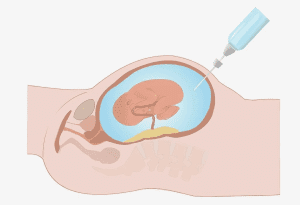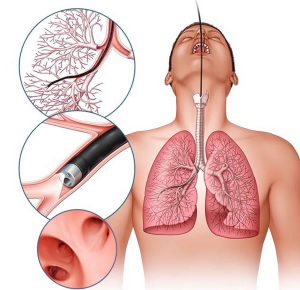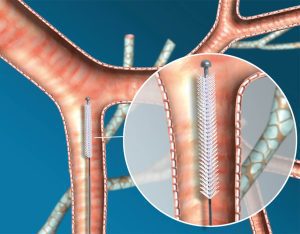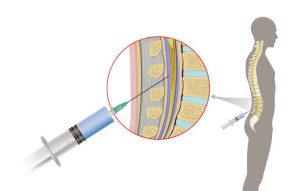Amniotic Fluid Cytology: Ferning Test for Premature Rupture of Membranes (PROM)

What is Amniotic Fluid Cytology?
Amniotic Fluid Cytology is a quick diagnostic test used to determine whether the amniotic sac (bag of waters) has ruptured prematurely. The test examines a smear of fluid taken from the external cervical os for the presence of “ferning,” a characteristic microscopic pattern.
Synonyms
- Premature Rupture of Bag of Waters (BOW)
- Premature Rupture of Fetal Membranes (PROM)
Commonly Included Test
A simple smear from the external os in patients suspected of having ruptured their amniotic sac prematurely.
Specimen & Collection
- Specimen: Amniotic fluid
- Sampling Time: Within 15 minutes
- Collection Procedure:
- Collect fluid from the external os using a simple spatula or wooden tongue depressor
- Spread onto a plain or frosted glass slide
- Fix immediately with 95% ethyl alcohol
Causes for Rejection
- Unlabeled slide
Use of the Test
This test is used to confirm the leakage of amniotic fluid from the cervical os in suspected premature rupture of membranes (PROM).
Reference Range
- Normal (no rupture): Smooth, even microscopic pattern
- Positive for rupture: Branching “fern-like” patterns due to high sodium and estrogen concentration in amniotic fluid
Contraindications
- Significant vaginal bleeding — test should be avoided
Methodology
An alcohol-fixed smear is stained using the Papanicolaou (Pap) stain and examined under a microscope. The appearance of fern-like crystalline structures confirms the presence of amniotic fluid, as a result of its high sodium and estrogen content.
Additional Diagnostic Information
Distinguishing between amniotic fluid and maternal urine may be necessary in certain cases:
- Amniotic fluid: Higher protein, urea, and creatinine levels comparable to serum
- Maternal urine: Higher concentrations of urea and creatinine than amniotic fluid
- Note: These values may vary depending on the stage of pregnancy
Turnaround Time
Results are typically available the same day, often within minutes.
References
- Cunningham FG, MacDonald PC, Leveno KJ, et al. Williams Obstetrics, 19th ed. Norwalk, CT: Appleton and Lange, 1993, p.373.
- Jacobs, Demott, Finley, Horvat, Kasten.JR, Tilzer. Laboratory Test Handbook, Lexi-Comp Inc, 1994.


